14 Megapixel Cameras
The 14.6MP Pentax K20D is the highest resolution sensor available in a prosumer camera today. Certainly there are pro models at $8000 or more than feature even higher resolutions, but the $1299 MSRP K20D is a long way from that price class. When it was introduced in late 2007 the K20D was the first 14MP class camera, and its introduction surprised the photo establishment with a Pentax-designed and Samsung-manufactured CMOS sensor.
Several months later Sony introduced the mid-level A350 with a 14.2MP CCD sensor. The Sony CCD is unusual in that it is the only recent new sensor introduction that is not based on CMOS technology. Again, more megapixels does not necessarily mean the DSLR is targeted at the prosumer user. The K20D certainly aims there, but the A350 is a much more basic camera with a uniquely easy-to-use full-time Live View mode designed to appeal to those moving up from point-and-shoot and those who appreciate ease of operation. There are two models below the A350 - the A300 and A200 - so the A350 is a solid mid-level DSLR much like the Canon XSi.
Both the Pentax K20D and the Sony A350 are 1.5X crop sensor, which with the 50mm lens is equivalent to 75mm in 35mm terms. All images were captured at the same f/4.0 aperture using a tripod in the same location. Focus was manual and the camera program selected the shutter speed. Lighting was a single 100-watt Tungsten bulb high right, and all cameras were set to the Tungsten preset.
The Pentax K20D is the first camera to use the Pentax-designed and Samsung-manufactured 14.6 Megapixel CMOS sensor. As pointed out in Part 1 of The Digital Sensor Sony and Samsung share several patents for CMOS manufacturing which explains why the new Samsung sensor suddenly appeared on the scene. It did not just pop out of nowhere but had been in development for some time.
Some other reviews have found the new Pentax/Samsung sensor to exhibit the highest sensor resolution in its class, but some also complain about Pentax in-camera processing decisions and they advocate shooting this camera RAW. Our personal experience has been that color can be very strange sometimes on this 14.6MP sensor. The DNG option is so very off in color in Photoshop CS3 as to be almost useless at higher ISO speeds. If used with the software tools that come with the K20D or with PEF RAW processing in Photoshop CS3 it is possible to get impressive results. However, this sensor requires more care to extract top performance than the Nikon D300, for example.
If you wondered why Sony put the 14.2 megapixel CCD sensor in the mid-level A350 instead of their top model the samples here should shed some light on the answer. Sony has used heavy sharpening and noise reduction to get the most from this sensor at higher speeds. This suits a consumer-level DSLR just fine and there are no real issues up to about ISO 800. However, the heavy noise reduction used at higher ISO speeds with this new sensor would not likely be as well-received in a prosumer or semi-Pro model. It is still not clear if this beefed up noise reduction is necessary due to the noise generated by the smaller pixels of this 14.2MP CCD sensor or whether the post-processing is more Sony's view of what would appeal to the target market for the A350. More time with this new sensor may answer this question.


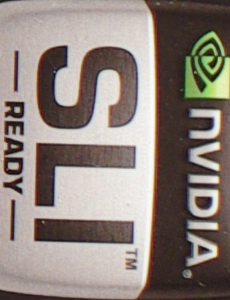
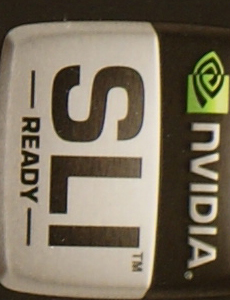
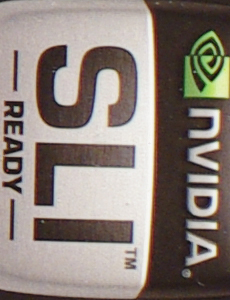
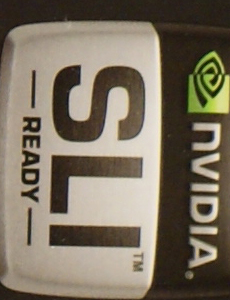
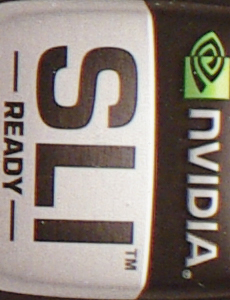
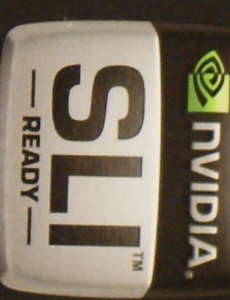
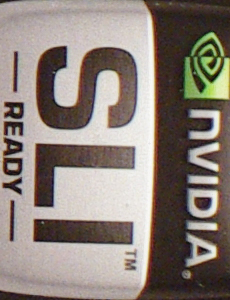
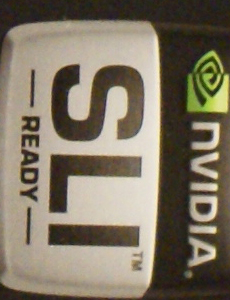
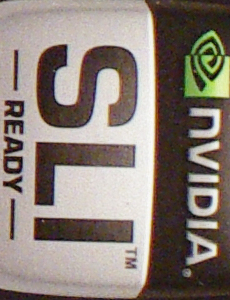
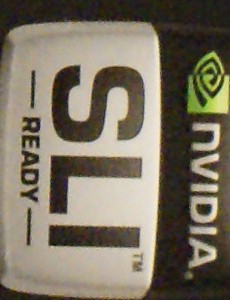
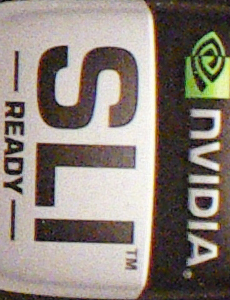
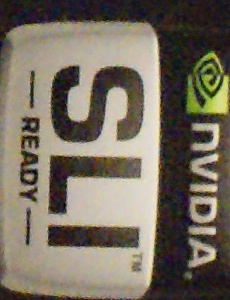
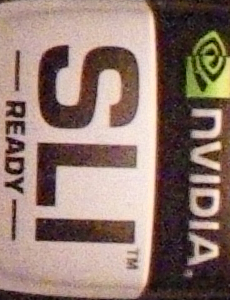








22 Comments
View All Comments
Wesley Fink - Tuesday, May 20, 2008 - link
The goal was to produce a fair comparison and as staed in the article we do have the TIFF files available. The purpose was never to show there is minimal difference in RAW and JPEG. As we were preparing to post there were concerns that the TIFFs, at 45mb each, might cripple our server as a direct image view "click to see". That is the ONLY reason we converted to Maximum JPEG format directly from the RAW file.Since there is some interest we will likely produce a ZIP of the TIFFS and create a download link on the RAW examples page.
Wesley Fink - Tuesday, May 20, 2008 - link
Another option would be to post a ZIP of the RAW files. The latest Adobe Camera RAW can handle the PEF format in either Photoshop CS3 or Elements 5 and 6. OR we could save in Adobe DNG format and the DNG files could be read in almost any recent Photoshop or Elements - but not other programs. If either of these is a preferred option please let us know in these comments and we will go with what readers want.pinto4402 - Tuesday, May 20, 2008 - link
A ZIP file of images in RAW or DNG format would be great. I don't think any other review site is doing this. Although I won't download them each time I read an article, I would absolutely look at them VERY carefully if I'm interested in a camera.pinto4402 - Tuesday, May 20, 2008 - link
For your sample images, have you thought about using a high quality mannequin head (sounds creepy, I know), or silk flowers? Although not perfect, this would be much preferable to the product boxes you’ve been using. This will allow you to precisely control your test protocol while at the same time obtaining useful information about the imaging capabilities of cameras being tested).Overall, your camera reviews are better than average and if you’re serious about it, why not make your testing as good as possible?
haplo602 - Tuesday, May 20, 2008 - link
"Serious photo hobbyists will also be facing difficult decisions today and even more so in the near future. The cost of larger and larger sensors has been dropping rapidly; and CMOS sensor development from all the sensor manufacturers is also a factor in lowering costs and increasing resolution. Like it or not Canon and Nikon have already begun segregating their SLR line into full-frame and APS-C sensors. Those who wondered why Sony was introducing mainly full-frame lenses will finally get their answer later this year with Sony's 24.6MP full-frame flagship model."This exactly makes me a happy film shooter :-) There's one disdvantage to full frame sensors however. They increase demand for full frame lenses and increase the prices for me :-(
Anyway good article. I'd have one comment and one request.
Comment: There was lots of heated discussion about your sample images (there is one again so far). Would be good if you could shoot manual with f/4.0 and whatever shutter reading for the selected ISO but same for all cameras to make the captured EV consistent. This should in theory lead to all images having same brightness. Of course that will vary by camera processing, but at least you get one more point you can compare from the same series of shots.
Request: Can you make an article on the processing path of different camera makes and sensors ? You covered the digital conversion so far, but the A/D part would be nice to have too. F.e how ISO is controlled (analog gain or digital interpolation) etc. Also explanation what a higher bit-depth sensor means (12 vs 16 bit sensor and A/D). I know these things are pretty basic, but this will create some common group which you can reference in the future and avoid stupid questions (well some of them at least).
7thSerapHim - Tuesday, May 20, 2008 - link
Does anyone agree that a better object with clearly defined lines and colors should be used instead, for the comparison crops?Most of the time these mass-produced product boxes have mediocre color matching and well-defined lines so it shouldn't be used as a 100% comparison crop.
The shots also seem to have a substantial amount of chromatic aberration, or maybe just due to pixel peeping, hmmm...
sprockkets - Tuesday, May 20, 2008 - link
JPEG compression control would be nice on the p&s. The Canon SD1000 has compression artifacts all over, thus making the pictures it takes look worse than a $90 Nikon.dblevitan - Tuesday, May 20, 2008 - link
There are two key advantages of RAW that you missed and that could be useful to even people who are slighly interested in improving images.First, RAW provides 12 or 14 bits/pixel while JPEG only provides 8 bits. This is extremely relevant if you edit at all in Photoshop/Lightroom because any kind of level adjustment (even auto) will cause more color degradation with an 8 bit image than with a 16 bit image (which is what the 12 bit RAW files are generally processed into).
Second, RAW provides a better chance of recovering improperly exposed images by allowing at least 1/2 stop of exposure correction without any penalty and often more without significant issues. With JPEG you simply won't get this.
Wesley Fink - Tuesday, May 20, 2008 - link
You are absolutely correct that while JPEG is 24 bits per pixel it is only 8 bits per color channel (red, green, blue). The Pentax K20D is specified as a 14-bit A/D processor.Photoshop and other processing software, as you point out, normally processes this in 16-bit. However, it really doesn't matter in the end how the program processed it or saved it, what matters is the input bit depth. Many are not aware of this, but Photoshop also processes JPEGS as 16-bit on more powerful computers, but this just speeds up processing because you start with 8-bit and save as 8-bit with JPEG. There is no real advantage processing 12-bit files as 16-bit except processing speed as you don't gain real resolution improvements.
I agree RAW SHOULD allow more dynamic range, but some of the newest models like the Nikon D300 can actually do just as well or better in dynamic range in JPEG. However, in general what you say is true although it is changing as the processing power in DSLRs is improving.
What we really need is a higher bit-width JPEG standard. Let's hope the JPEG standards committee is hard at work on just that.
Bull Dog - Monday, May 19, 2008 - link
Is it just me or is the third page missing?